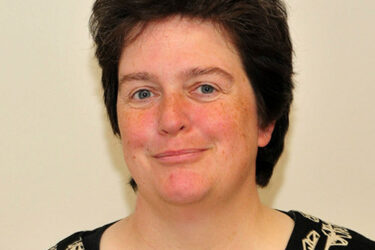If a business or company purchases a commercial property built before 29 October 2018, the default position is that no capital allowances can be claimed on the structural costs. It may be possible to claim capital allowance on fixtures, but there are strict conditions to be met.
In this scenario “fixtures” means equipment that is embedded into the property, such as electrical wiring or heating and air conditioning systems. If the equipment is capable of having a separate existence from the building (e.g. furniture) it is not a fixture and may well qualify for capital allowances as plant or machinery in its own right.
If the building is second hand, there are two important requirements before the purchaser can claim capital allowances on the fixtures:
- The previous owner(s) of the building must have elected for the fixtures to be included in their capital allowance pools; and
- The purchaser and seller must agree the value of the fixtures in a joint s.198 election. If they cannot agree, it is possible to ask the Tax Tribunal to determine the value.
If these conditions are not met, the purchaser is not entitled to claim any capital allowances on the fixtures. In addition, HMRC can ask the purchaser for evidence that the conditions have been met. As a result, when purchasing a second-hand commercial property, it is vital the contract for sale includes confirmation of the fixtures on which the seller has claimed capital allowances. Also, the s198 election should be among the legal documents that are signed on completion.
As you can see, it is important that capital allowances are on the agenda before purchasing second hand commercial buildings, otherwise the purchaser can miss out on potentially very valuable tax relief. If you need any help with this, Ensors is here to assist.
